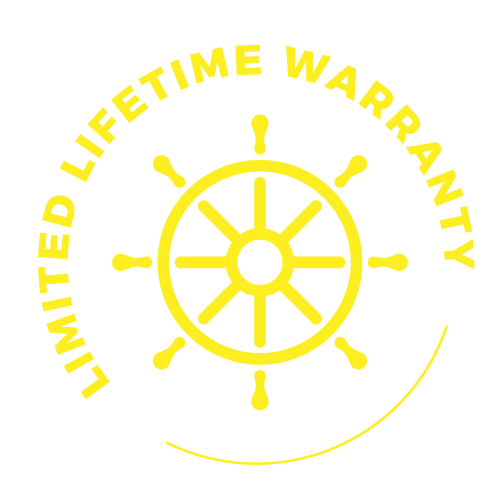While boat lift covers may seem like simple structures, their design encompasses a sophisticated blend of materials and components tailored to protect your watercraft from the elements. Let’s delve into the intricate anatomy of a boat lift cover, uncovering the key elements that contribute to its functionality and durability.
1. Fabric or Material:
At the heart of every boat lift cover lies the fabric or material, which serves as the primary shield against sun, rain, wind, and debris. Common materials include marine-grade vinyl, solution-dyed acrylic, or PVC-coated polyester, prized for their durability, UV resistance, and water repellency. The choice of material depends on factors such as climate, exposure to sunlight, and aesthetic preferences.
2. Frame Structure:
Supporting the fabric is the frame structure, typically constructed from aluminum or galvanized steel for strength, corrosion resistance, and lightweight properties. The frame consists of vertical poles, horizontal beams, and optional cross-bracing to ensure stability and structural integrity. Advanced designs may incorporate telescoping or adjustable components for easy installation and customization.
3. Fastening Mechanisms:
Securing the cover to the boat lift frame requires reliable fastening mechanisms, such as straps, buckles, or snaps. These components ensure a snug fit and prevent the cover from shifting or flapping in high winds. Some covers feature innovative fastening systems with quick-release mechanisms or tension adjustment features for effortless installation and removal.
4. Ventilation and Drainage:
Proper ventilation and drainage are essential for preventing moisture buildup and mildew growth beneath the cover. Many boat lift covers incorporate vents or mesh panels to promote airflow and reduce condensation. Additionally, strategically placed drainage channels or grommets allow rainwater to drain off the cover efficiently, preventing pooling and water damage to the boat.
5. Reinforcements and Reinforcement Pads:
Areas prone to wear and tear, such as corners, seams, and attachment points, are reinforced to enhance durability and longevity. Reinforcement pads made from heavy-duty materials provide additional protection against abrasion and friction, prolonging the lifespan of the cover and ensuring reliable performance in challenging conditions.
6. Optional Features:
Depending on individual preferences and requirements, boat lift covers may include a variety of optional features to enhance functionality and convenience. These features may include zipper doors for easy access to the boat, integrated lighting for nighttime visibility, or compatibility with solar panels for auxiliary power generation.
From its sturdy fabric and frame structure to its intricate fastening mechanisms and ventilation systems, the anatomy of a boat lift cover is a testament to thoughtful engineering and design. By understanding the essential components that comprise a boat lift cover, waterfront enthusiasts can make informed decisions when selecting the perfect cover to safeguard their prized watercraft, ensuring years of protection and enjoyment on the open water.
Looking for a new boat lift cover for your boat? Get started with Waterway Boat Lift Canopies today!


